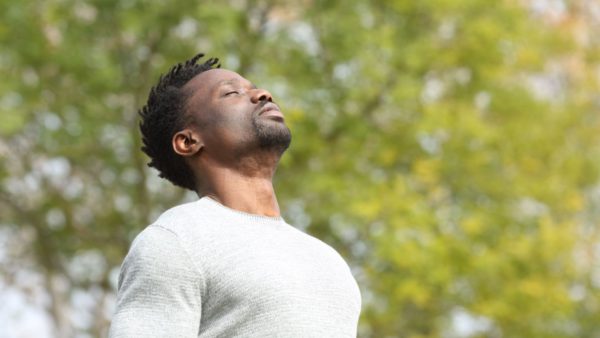At our wellness centre, we offer a holistic approach to breath and movement through Somatic Alignment and conscious connected breathing. These practices are designed to release stored tension, regulate the nervous system, and bring the body into greater harmony. Somatic breathwork addresses the physical manifestations of stress and trauma, while conscious connected breathing uses a continuous, flowing rhythm to enhance relaxation and awareness.
In addition, we offer private IMD (Immersive Multi-Dimensional) Breathwork sessions. This more detailed practice combines soundscapes, guided visualisations, and specialised breathing techniques to promote emotional release, foster spiritual growth, and deepen self-awareness. Integrating ancient breathwork traditions with modern auditory technology, IMD Breathwork offers a truly multi-dimensional approach to healing and transformation.
The Science Behind Breathwork
Breathwork is not just a physiological act but a transformative tool for emotional well-being and trauma release. Scientifically grounded, it involves the conscious manipulation of breathing patterns to influence mental, emotional, and physical states. By activating the parasympathetic nervous system, breathwork can reduce stress hormones, improve cellular oxygenation, and facilitate states of deep emotional release and mental clarity. The end result? A calmer, more focused you, better equipped to handle life’s challenges and release past traumas.
The History of Breathwork
The concept of breathwork has ancient origins, tracing back to Eastern spiritual traditions like Pranayama in yoga and Qi Gong in Taoism. These practices understood the breath as a life force and a bridge between the body, mind, and spirit. Over the years, Western psychology and medicine have adopted and adapted these techniques, integrating them into therapeutic settings. Today, breathwork is a respected practice used for a multitude of purposes, from enhancing athletic performance and cognitive function to facilitating deep emotional healing.




